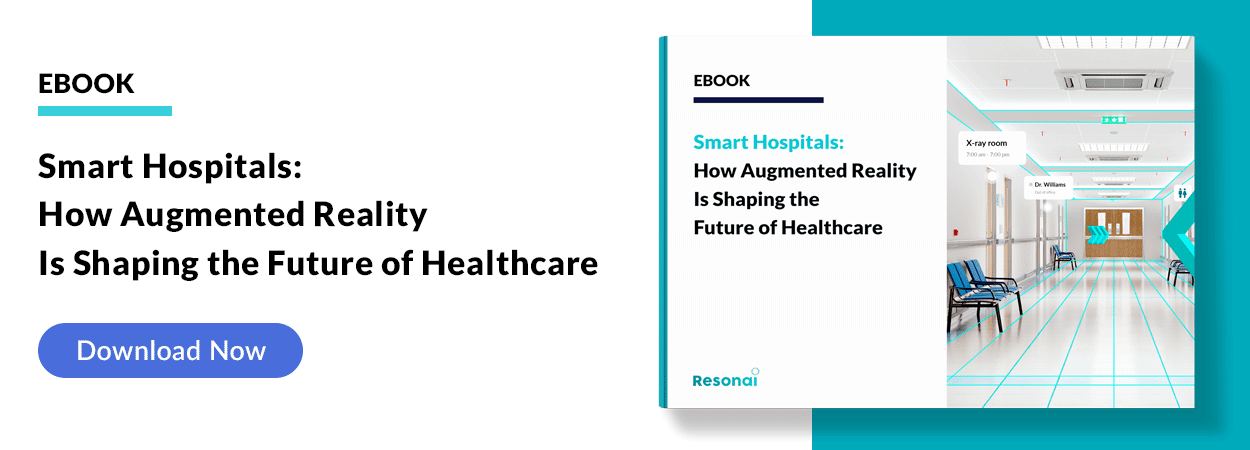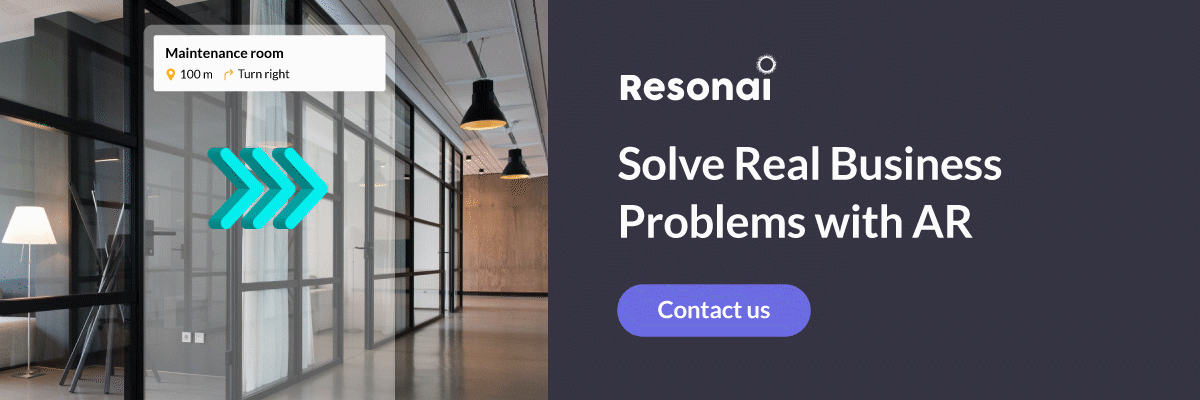Patient Turnover: A Guide To Measurement & Optimization
Optimizing hospital schedules around patient turnover is challenging, but digital tools can make the process more manageable.

When visiting a hospital, innumerable factors contribute to the overall quality of the patient experience. One of the most challenging to address is patient turnover itself — the process of bringing patients to and from medical departments or units while simultaneously ensuring that their medical needs are met. Giving doctors and nurses enough time to assist patients while keeping turnover rate high is vital to building a successful medical practice, but it’s easier said than done.
This article will define patient turnover, explore the ways medical professionals can measure it, and recommend a path for optimizing patient turnover through indoor navigation solutions like Vera Concierge, and appropriate staffing decisions.
Jump to a section
Challenges of patient turnover
Measuring the patient turnover rate
Optimizing staffing for patient turnover
What is patient turnover?
Patient turnover is the process and measurement of moving patients to or from a given hospital or nursing unit. It can refer to any type of relocation — be it admittance, discharge, or even transfer to another department — and occurs at any time during staff shifts. Many hospitals use patient turnover as a metric to partially inform staff scheduling, but its primary use is for measuring the efficacy of a particular facility’s practices, especially in the context of scale.
Back to topChallenges of patient turnover
Turnover is an everyday reality of any care unit, but it’s also a major factor in measuring the quality of patient care being delivered. While many factors contribute to patient care, a high turnover rate can sometimes indicate reduced quality, but it’s not always the case. The reason is apparent — when nurses and doctors can focus on individual patients, they can better understand and address their needs. However, if medical staff constantly transfer or discharge patients, that can mean less time to attend to each issue adequately, which is why it’s always best to measure patient turnover in the context of other core healthcare facility metrics.
One common problem associated with patient turnover is unfinished nursing care, which refers to any care that is delayed, partially completed, or simply never completed. High patient turnover is typically a strong indicator of high unfinished care, the latter of which has direct links to mortality and failure-to-rescue cases. According to a literature review in the International Journal of Nursing Studies, up to 95% of nurses report leaving at least one task undone.
Despite these concerns, the goal is not necessarily to reduce patient turnover, which occurs for many legitimate reasons. Instead, hospitals and nursing care units must optimize staffing and daily schedules around turnover to ensure patients receive the best possible level of care while still keeping turnover rates relatively high. Medical departments must be appropriately staffed at the correct times of day to prepare for expected turnover, but there are also a variety of technological solutions that can positively impact the patient experience factors that contribute to turnover rate.
For example, the Vera Concierge augmented reality application can offer healthcare facility guests an intuitive indoor wayfinding experience that lets them navigate to and from their appointments faster, reducing turnover rate without negatively impacting the level of care they receive.
Back to topMeasuring the patient turnover rate
Patient turnover can be calculated and analyzed in various ways, depending on your needs. The most common example is the patient turnover rate, which technicians calculate by dividing one by the average length of stay (LOS). Hospitals and medical units track LOS in daily, hourly, or thirty-minute increments depending on the expectations of a given department.
- Patient turnover rate = 1 / LOS
A turnover rate that approaches one will have a higher frequency of turnovers than a rate closer to zero. However, this metric does not reflect patient volume, available nurses, or other relevant data. For this information, technicians can frame turnover in the following contexts:
- Hospitals can calculate patient turnover as a percentage of total patient numbers. This format is helpful at long-term or palliative care facilities where patient transfers are rare or infrequent.
- Hospitals can frame patient turnover as a ratio of relocations against available nurses during a given timeframe. By doing so, medical units can calculate optimal staffing levels for estimated patient activity.
- Patient turnover can focus on a specific type of relocation event, such as admittance, discharge, or transfer, using the appropriate metric when calculating the rate.
Optimizing staffing for patient turnover
While high patient turnover is not the sole contributor to quality of care or failure-to-rescue cases, it may indicate a problem with existing staffing levels. Thankfully, medical units can use turnover rates and other metrics to determine an optimal staff-to-patient ratio that supports the highest quality of care.
It’s important to note that turnover rates vary wildly depending on the medical unit category under discussion. Maternity wards, surgery departments, intensive care units, and emergency rooms all have significantly different patient turnover standards that reflect their specialization. For this reason, every facility and department will need to determine its optimal staffing arrangements that align with expected turnaround times.
While these numbers vary by unit, patient turnover research does reveal some general trends.
- High patient turnover has a significant impact on nurses’ effectiveness, contributing to declines in communication and interpersonal relationships. Nurses even ranked turnover as the second-biggest contributor to workload intensity. Staffing these departments with optimal nurse-to-patient turnover ratios and appropriate technology solutions can mitigate these issues.
- The care benefits of optimal staffing are inconsistently distributed across hospital departments. For example, one study found that increasing surgical staffing to meet turnover does not positively impact quality care.
How Vera can help
Optimizing hospital schedules to meet patient turnover is challenging, but augmented reality tools can make the job far easier. Resonai’s contribution is Vera, a comprehensive computer vision smart building platform that allows healthcare professionals to design dynamic, patient-centric experiences through proprietary spatial computing and intelligent digital twin technology. In a hospital setting, Vera offers several solutions that can optimize the turnover process.
- Customization: Vera is not a one-size-fits-all platform. Instead, it provides customizable solutions that meet the precise needs of individual hospitals and medical departments.
- Integrated data analysis: Vera generates practical insights by integrating real-world activity with rich data analytics tools. With these insights, hospitals can optimize staff schedules and streamline turnover task management while prioritizing quality care.
- Vera Concierge: Hospital navigation can be difficult for any patient. Vera Concierge helps with AR-based contactless navigation that offers directions during patient admittance, transfers, and discharges.
Are you ready to see how Vera can enhance your facility’s value-based care? Get in touch with Resonai today and set up a free demonstration.
Subscribe to Our Newsletter!
Read More
How Vera Improves Healthcare Facilities for Patients and Site Managers
When was the last time you heard anyone excited about an upcoming doctor’s appointment, or hospital...
How Augmented Reality Hospitals Are Providing Better Patient Experiences
Augmented reality (AR) is galvanizing the healthcare industry in new ways every day.
5 Examples of Augmented Reality In Modern Healthcare Facilities
At one time, augmented reality (AR) was little more than science fiction. Today, it plays a major...

